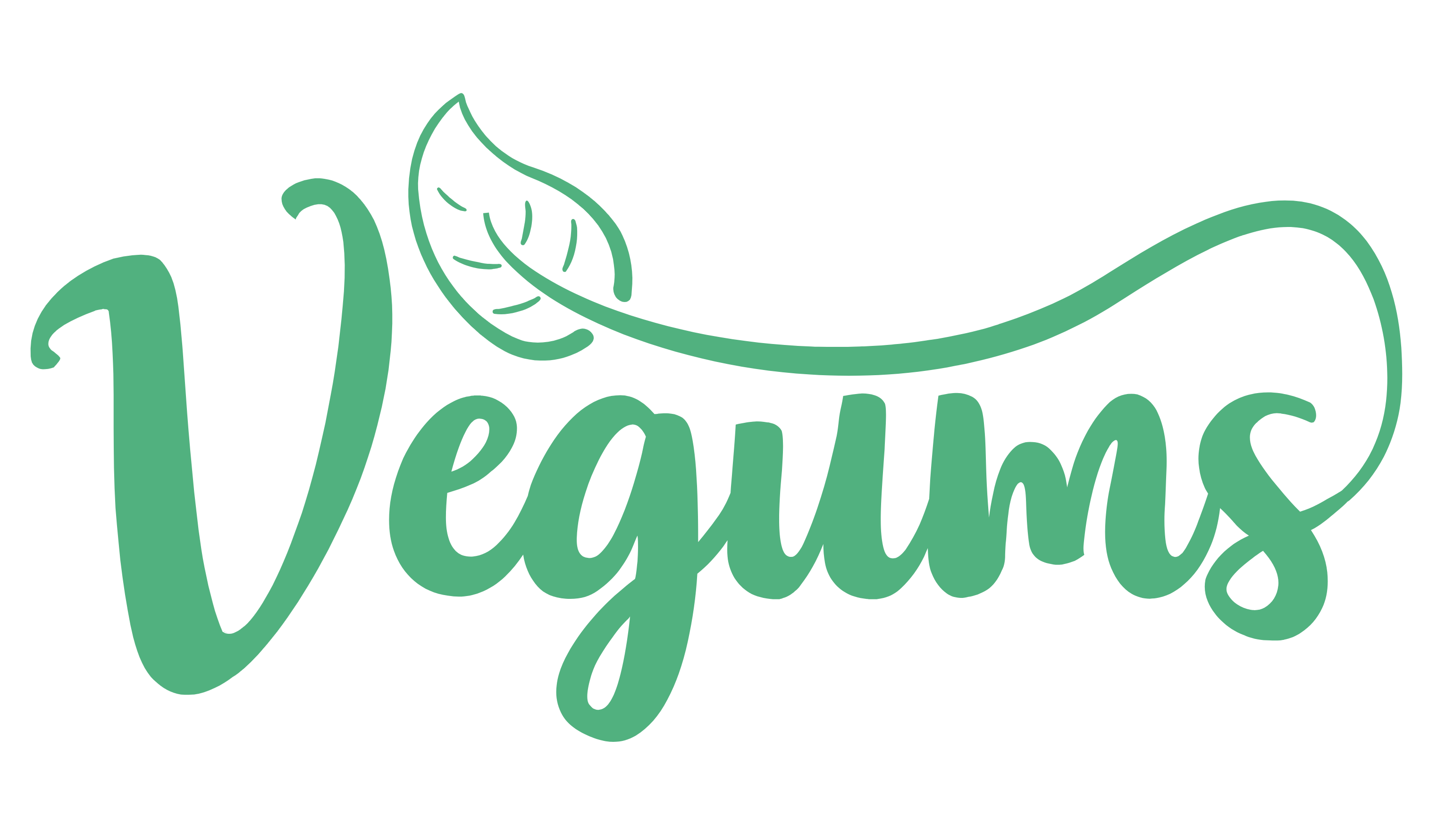Composting is cool. No, it is.
The ultimate goal of composting is to reduce the amount of solid waste we generate. If we reduce solid waste, then we’ll save space in landfills throughout the UK. Once the compost has done all its brewing, the finished product is an amazing natural fertiliser, which is way more environmentally friendly than synthetic fertilisers.
To help you get your hands dirty, we’ve got some tips on how to become a compost champion.
How to get healthy compost:
All compostable materials are either carbon or nitrogen-based. It’s important to maintain a working balance between these two elements to get healthy compost. A general rule of thumb is to use one-third nitrogen (green) and two-thirds carbon (brown) materials.
- Good nitrogen foods to compost:
Tea leaves, table scraps, seaweed and kelp, lawn & garden weeds, green comfrey leaves, grass clippings, fruit and vegetable scraps, flowers & cuttings, and coffee grounds.
- Good carbon foods to compost:
Wood chips/pellets, wood ash, straw or hay, shrub prunings, shredded paper, sawdust pellets, pine needles, newspaper, leaves, dryer lint, corn cobs & stalks, and cardboard.

What not to compost:
The main food groups to avoid adding to your compost are meat and dairy products. Meat and dairy products are likely to attract rodents to your compost bin. You should also avoid composting everlasting weeds or diseased plants since you might spread weed seeds or diseases when spreading your compost. Any compost that will be used on food crops must not include pet manures.
Size matters:
The recommended size for a compost pile is generally no smaller than 3 feet high and wide and no larger than 5 feet. Anything smaller may not heat up efficiently and anything larger may hold too much water and become difficult to turn. Avoid building your compost on concrete as this may slow down the aggregation.

Indoor composting:
Not all of us have an outdoor space for composting. Why not try indoors instead?! All the same composting rules apply. Once your compost bin is full you can use it to grow plants and herbs on your window or you just have to find your local composting drop-off. Pretty cool.
How will I know when it’s ready?
During the summer, you won’t have to wait long to get your hands in your lovely compost, just two months. If your compost is made during cold weather, you could be waiting 6 months for everything to break down.
To keep your compost moving, you’ll want to turn or rotate the compost with a stick or a spade, whilst ensuring the air is flowing. It will also allow your compost to stay moist, but don’t allow it to get too soggy.
In the end, the nose knows best. When your compost is ready, it gives off a woody, earthy, but also sweet smell. Bad compost smells bad, similar to what a bin smells like. If it does smell bad, it means it’s not decomposing, this could be from either being too wet or your ratios of brown and green being slightly off. Don’t worry, just add a bit more green or brown until it starts to balance out and don’t add any more water.
Your finished compost should also feel fluffy, when you get that fluffy, earthy compost, put it in your garden, or a plant pot on your windowsill. You can even donate to your neighbours or local community gardens, just be sure to ask them if they want it first!

—
Composting takes patience, so don’t worry if it doesn’t go perfect the first time. Work on your ratios, keep it moist and keep trying. You’ll get perfect compost soon enough.

